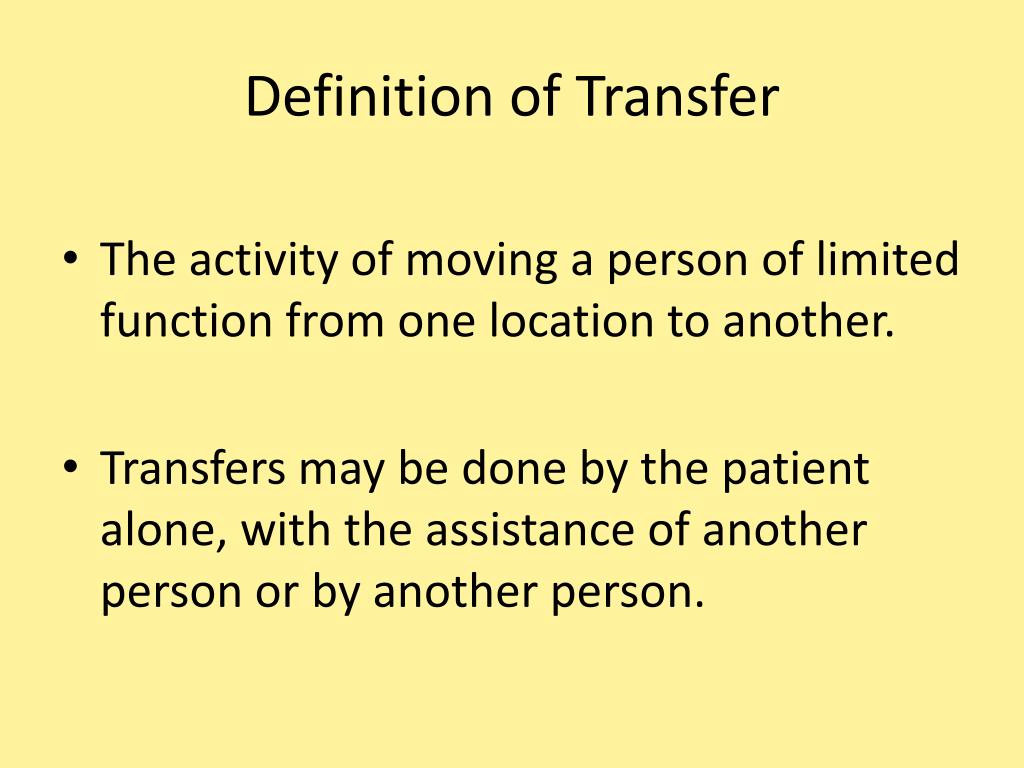

banks have gotten into the practice of waiving fees for incoming wires and only charge account holders when sending a wire transfer. Outgoing international wire transfers may cost $45 to $50 or more. According to Forbes Advisor’s checking account fee survey, the median incoming domestic wire transfer cost was $5 in 2021, while the median outgoing domestic transfer fee was $25. These fees vary by provider, but a good rule is that domestic wires will cost less than international wires. Wire transfers typically have processing fees. If a bank fails to file the necessary CTRs and SARs, it could be subject to fines for violating banking regulations. Suspicious bank wire activity is reported using a Suspicious Activity Report (SAR) and filed with FinCEN. Banks are also responsible for reporting any suspicious activity, such as a customer trying to send multiple bank wires below $10,000 to avoid having the transaction reported. However, it’s important to know that wire transfers, both domestic and international, are subject to bank scrutiny.īanks must report all wire transfers over $10,000 using a Currency Transaction Report (CTR) and submit it to the Financial Crimes Enforcement Network (FinCEN). How Much Money Can You Send via Wire Transfer?īanks and credit unions set their own maximum daily limits for wire transfers. From there, you’ll enter the information mentioned above and transfer funds online without ever having to visit a branch. To start a wire transfer online, you generally need to log into your bank account and navigate to the section for transfers. How Do You Initiate a Wire Transfer Online? Whether you’re using a bank or third-party wire transfer provider, you’ll need guaranteed funds to initiate your transfer-the money you’re sending needs to be paid up front, funded either by your bank account or cash. If you initiate a wire transfer through a nonbank provider like Western Union or MoneyGram, you’ll typically need the recipient’s name, phone number and address. When you initiate a wire through your bank, you’ll generally need to provide the following: No matter the type of wire, there’s always a sending and receiving party and an entity in the middle facilitating the transfer. Today, wire transfers happen in a wide variety of ways beyond the telegraph wires of yesteryear. When looking for the best way to send money, it’s wise to review all the options-from wire transfers to P2P payment tools-to find the safest and most cost-effective fit for your transaction. Paypal, Cash App and Venmo allow you to send money directly to people, and you may not need a bank account. These types of transactions process through the Automated Clearing House, like electronic checks and bill payments Some electronic funds transfers are referred to as wires but not processed through the most common bank and nonbank networks outlined above. For example, if your U.S.-based bank or credit union sends a wire transfer to a bank in Germany, it’s considered an international wire transfer. International wire transfers are those where the sending and receiving banks are located in different countries. For example, a wire sent from a bank in New York to one in California would be considered a domestic wire. Domestic Wire Transfersĭomestic wire transfers are sent and received in the same country of origin. Wire transfers are domestic or international, depending on where the transfer originates and its destination. That coded message authorized the release of funds to the person on the other end.

The telegraph office would then send a coded message to the telegraph office closest to the recipient.

To send money over long distances, customers would go to a telegraph office and make their payment. The term “wire transfer” goes back to when long-distance communication was done over telegraph wires. Most commonly, the term “wire transfer” refers to bank wires, which transfer money between banks using networks such as the Fedwire Funds Service (Fedwire for short) or Society for Worldwide Interbank Financial Telecommunication (SWIFT). A wire transfer is a term that describes the electronic transfer of money.


 0 kommentar(er)
0 kommentar(er)
